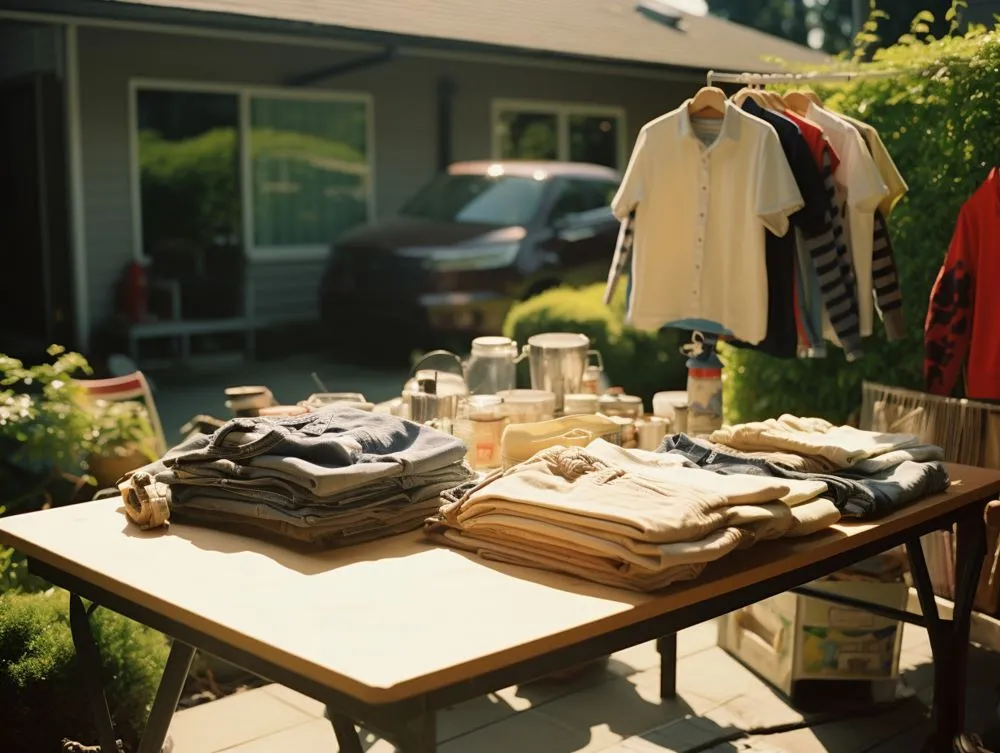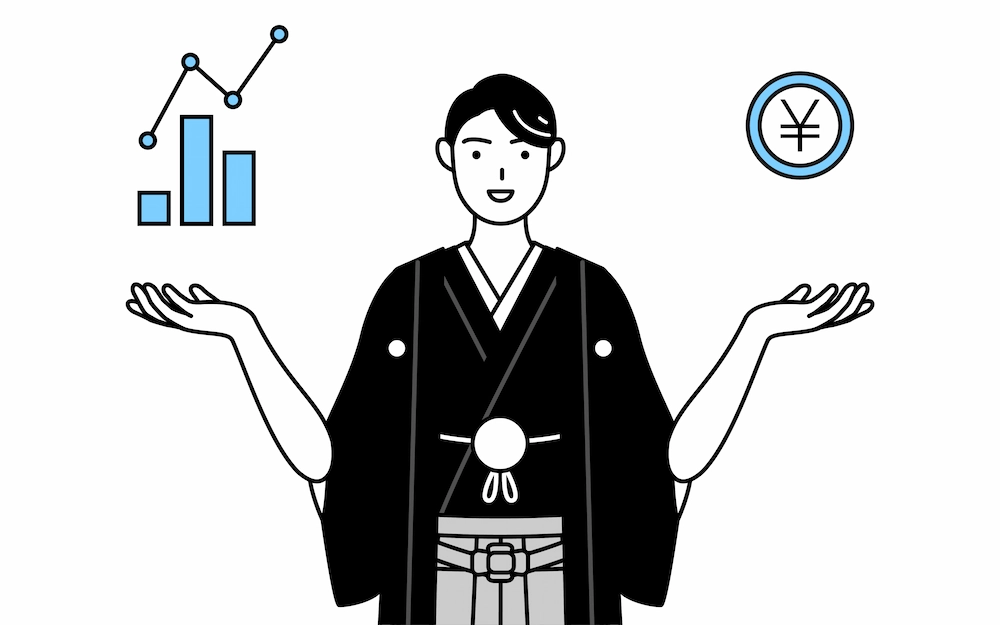Every human being must have needs that must be met for the sake of survival. One of these needs is primary, secondary, tertiary, and other types of needs.
So, so as not to misunderstand the definition of each of the existing needs, let's look at the full explanation in this one article.
1. What are Primary Needs?
The first need and priority for all human beings are primary needs. Primary needs are needs that must be met for the survival of human life, both the lower middle class and the upper-middle-class society.
This need is the most important priority (basic needs) consisting of clothing, food, and shelter. Some experts define primary needs as follows.
1.1 Definition of Primary Needs According to Experts
1.1.1 Karl Marx
Marx defined primary needs as needs that humans have had since they were born into the world. This consists of the need for food, shelter, water, and so forth.
1.1.2 Abraham Maslow
Maslow divides the 5 levels of basic human needs. These include self-actualization, self-esteem, love, safety, and physiology.
1.1.3 Suryana (2008)
Suryana's income comes from various human needs, the most important of which are clothing, food, and shelter.
1.1.4 Sunarto (1994)
Primary needs are needs that are needed biologically and arise from within humans, such as food, drink, breathing, self-protection, and sexual needs.
1.2 Examples of Primary Needs
1.2.1 Clothing
Clothing is the primary need for wearable clothing. Clothing is included in this category because it functions as body protection from sunburn, and cold weather, and covers certain parts that are private.
1.2.2 Food
Next is the need for food where humans need food intake to survive and reproduce. Objects that fall into this category consist of vegetables, meat, dairy products, fish, and so on.
1.2.3. Board
Board is the need for a place to live to settle down. For example, a house that has a top and is able to protect it from the hot sun and cold weather.
2. What Are Secondary Needs?
Secondary needs are needs that are fulfilled after primary needs with the aim of completing happiness. Derived from the Latin word 'secondus' which means second, this need becomes the second priority after the primary needs are met.
For example, if you already have a place to live, then you can complete the contents of the house. Such as refrigerators, kitchen furniture, household furniture, and so on. The furniture is included in the secondary needs.
2.1 Definition of Secondary Needs According to Experts
2.1.1. Nurul Oktima in A Book 'Kamus Ekonomi' (2012)
He explained that what is meant by secondary needs are needs that are complementary to the main needs or primary needs.
2.1.2. Clayton Alderfer
In ERG theory, he classifies secondary needs into 3 categories, namely relationship needs, achievement needs, and self-development needs.
2.1.3. David McClelland
In his theory of motivation, he said that secondary needs are closely related to 3 types of motivation, such as the need for achievement, the need for power, and the need for affiliation.
2.2 Examples of Secondary Needs
1. Mobile
2. Laptops
3. Electronic Equipment
4. Internet
5. Washing Machine
6. Health Access
7. Watching Cinema
8. Other needs that fall into the category of secondary needs
3. What are Tertiary Needs?
Tertiary needs are needs that are synonymous with fulfilling luxury goods with the aim of fulfilling personal pleasure. Example: branded clothing, holidays abroad, luxury vehicles, etc.
Tertiary needs are types of needs that can be fulfilled by humans after primary and secondary needs are met. In other words, this need is in the third position.
Tertiary needs are basically present as a complement to personal pleasures such as certain hobbies or desires and are not included in the priority. So, if this tertiary need cannot be fulfilled, humans will still be able to continue their lives.
3.1 Examples of Tertiary Needs
1. Buying a luxury car
2. Vacation abroad
3. Buy luxury jewelry
4. Cruise Ship
4. Other Types of Needs
In addition to primary, secondary, and tertiary needs, there are other types of needs that humans need. These needs are divided into needs based on nature, based on time, and based on the subject. The explanation of each requirement is as follows.
4.1. By Nature
When viewed based on its nature, the types of needs are divided into two, namely physical needs and spiritual needs. The following is an explanation of each of the existing requirements.
-
Physical Needs
Physical needs are needs related to the physique or the human body to maintain fitness or body health.
Physical needs include several things such as daily physical activity, exercise, and adequate rest. By meeting your physical needs, you will always be healthier, and prevent disease and other medical conditions that arise as a result of an unhealthy lifestyle.
-
Spiritual Needs
It is different from physical needs related to one's physique or body. Spiritual needs are needs that are closely related to spiritual aspects or one's beliefs.
Some examples of spiritual needs that are commonly possessed by humans include having goals to achieve in life, being close to the creator, and being connected to fellow living things.
Spiritual needs can be met by carrying out activities such as worship, meditation, self-reflection, and helping fellow beings.
4.2. Based on Time
Judging by time, human needs are divided into short-term needs and long-term needs.
-
Short Term Needs
Short-term needs are types of needs that need to be met in a relatively short span of time, such as within a few hours, days or weeks. This type of need must be fulfilled continuously so that humans can survive.
Examples of Short-Term Needs:
1. Food
2. Drinks
3. Residence
4. Health
-
Long Term Needs
In contrast to short-term needs, long-term needs are types of needs that must be met in a relatively long time span, from months to years. This one need can change and is generally influenced by a person's life experience.
Examples of Long-Term Needs:
1. Interpersonal relationships
2. Hobbies and interests
3. Education
4. Career
5. Self-development
4.3. By Subject
Needs can be divided based on the subject consisting of individual needs and group needs.
-
Individual Needs
Individual needs are types of needs that are felt by someone and are personal. The needs of this type can vary depending on age, gender, background, culture, environment, and so on. Individual needs generally include social, self-actualization, psychology, and so forth.
-
Group Needs
Group needs are the needs of a group of people for the same thing and influence each other. Examples are the need to be accepted in an environment or group, the need for security.
5. Factors Affecting Needs
The following are 10 factors that determine a person's choice of needs, whether primary, secondary, or tertiary.
5.1. Natural Conditions
The first factor that influences human needs is natural conditions. Humans will adjust the fulfillment of needs where they live. For example, people who live in highlands such as Batu, Malang, and Dieng will wear thick clothes to reduce the cold they feel. Meanwhile, people who live in coastal areas prefer to wear clothes that are made of thin material to reduce heat and humidity to make them more comfortable.
5.2. Religious Beliefs
The next factor that can affect needs is the factor of belief or religion that a person adheres to. For example, Muslims do not eat food made from pork. In addition, Hindus are prohibited from consuming food derived from cows, because cows are considered sacred animals.
5.3. Customs
Customs are behaviors or rules that have been attached and believed to be passed down from generation to generation in society. These behaviors or rules become traditions that determine the life goals of those who carry them. For example, the sequence of traditional Javanese weddings is different from the Bugis tradition. Starting from the procession, and wedding dowry, to the clothes, worn.
5.4. Job
Occupational factors also determine the needs of every human being. For example, someone who works as a cook or chef will need cooking equipment such as knives, stoves, and pans to support cooking. Meanwhile, someone who works as a doctor will need equipment such as stethoscopes, thermometers, medical flashlights, and others.
5.5. Level of Civilization
As time progress, it is usually followed by increasingly advanced technological developments. This technology helps human work to be easier and more efficient. For example, in 1990 many people still used letters as a means of communication, but now the need to communicate is helped by the availability of Whatsapp, SMS, and other online means of communication.
5.6. Income
People who have a job must have a certain amount of income. Everyone certainly has a different income. The size of the income also determines the fulfillment of his life needs, starting from primary to secondary needs. For example, a person with an income of IDR 15,000,000 per month must meet the needs of his family members, including two children. Meanwhile, there are people who earn Rp. 6,000,000 per month who have fewer obligations because they are not married. The needs of these two people are of course different according to the dependents and income they have.
5.7. Age
The seventh factor that influences needs is a person's age. A person's age or age will determine his life needs. For example, the needs of a baby are certainly different from the needs of an adult, ranging from clothing to food needs.
5.8. Hobby
A person's hobbies or interests also determine the needs that must be fulfilled. Types of hobbies are very diverse, thus affecting the needs of every human being. For example, for someone who has a hobby of running, then the needs that need to be met are running shoes, t-shirts, and running pants. Another case is if someone has a hobby of painting. Requirements that need to be owned are canvas, paint, and brush.
5.9. Education
The levels of education that can be received in Indonesia range from early childhood to tertiary education. Each level of education demands different needs. If the education level is PAUD, children need more play and fun learning methods. Meanwhile, the higher education level requires more learning through real practice. Education is also included in the primary needs of every human being.
5.10. Gender
The last factor influencing the needs is gender. The needs of men and women are of course different. For example, women need make-up to beautify themselves. Meanwhile, men need more equipment to support their hobbies such as automotive, football, and so on.
6. How to Manage Needs Wisely
Needs and wants are something different. Needs are something that is needed by humans in living their survival. As explained above, mainly human needs are divided into primary, secondary, and tertiary needs. Meanwhile, desire is a desire that arises from human beings to have something. If an effort to achieve his desire is not fulfilled, it will not affect his welfare and survival.
It's always good to prioritize needs over wants. Here are four ways to manage your needs and desires wisely.
6.1. Create a Priority Scale
To avoid consumptive behavior, it's a good idea to prioritize all your needs and desires. Always prioritize fulfilling needs before wants. Sort out which are included in the primary, secondary, and tertiary needs if any. Fulfilling a desire is a natural thing as long as you know the limits. For example, fulfilling desires as gifts or rewards for certain achievements.
6.2. Create Routine Expenses and Income
The importance of having neat records of expenses and income can help you manage financial posts within a certain period of time. So, you don't forget to use your money. By knowing your financial situation, you will also be better able to consider these items as worth the money.
6.3. Avoid buying products only from brands
This is important so that you don't live in a circle of prestige and consumption. Indeed, price determines quality, but you also have to be more observant in choosing the items you buy. And most importantly, it must be adjusted to your financial capabilities. There are also many good quality goods even though they are not from well-known brands. Again, you must be careful in comparing the costs and benefits of a product or service.
6.4. Always Feeling Enough
By always feeling enough to help you in helping you manage your financial posts. Always be grateful in living your life, and avoid extravagant living behaviors such as impulsive shopping so you can avoid consumer debt.
Friend BFI, is the discussion regarding various human needs, starting from primary, secondary, tertiary needs, and other types of needs. Hopefully, this article can help you understand each of your existing needs, as well as a reminder of the importance of suppressing a consumptive lifestyle so you don't stumble into a pit of suffering.
It's now easier to open your own business with a BPKB collateral loan for cars, motorbikes, and house certificates. Get a loan of up to 85% of the guaranteed asset value if the requirements are complete. Check the following link for more information.
BFI Finance is a company that provides multi-purpose loans with guarantees for motorbike bpkb, car bpkb, and house or shophouse certificates







